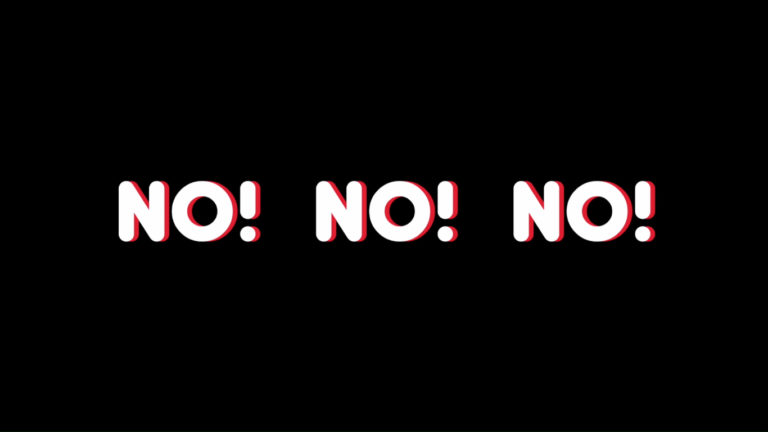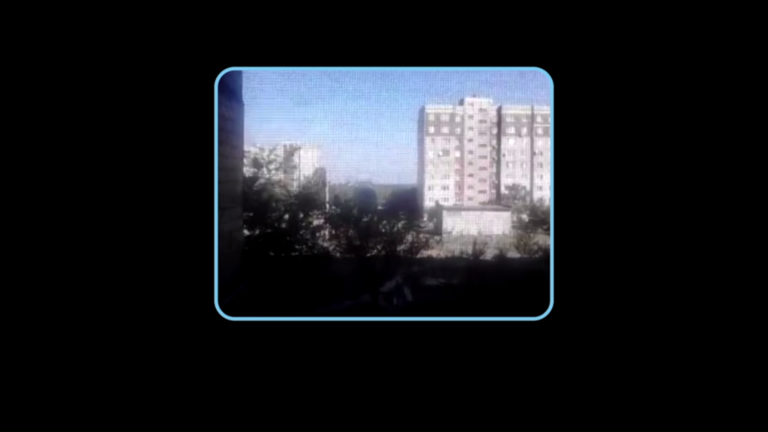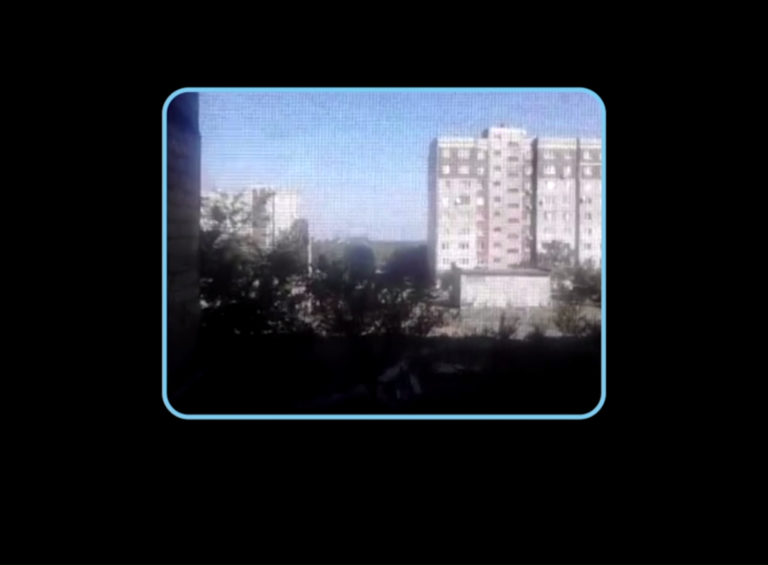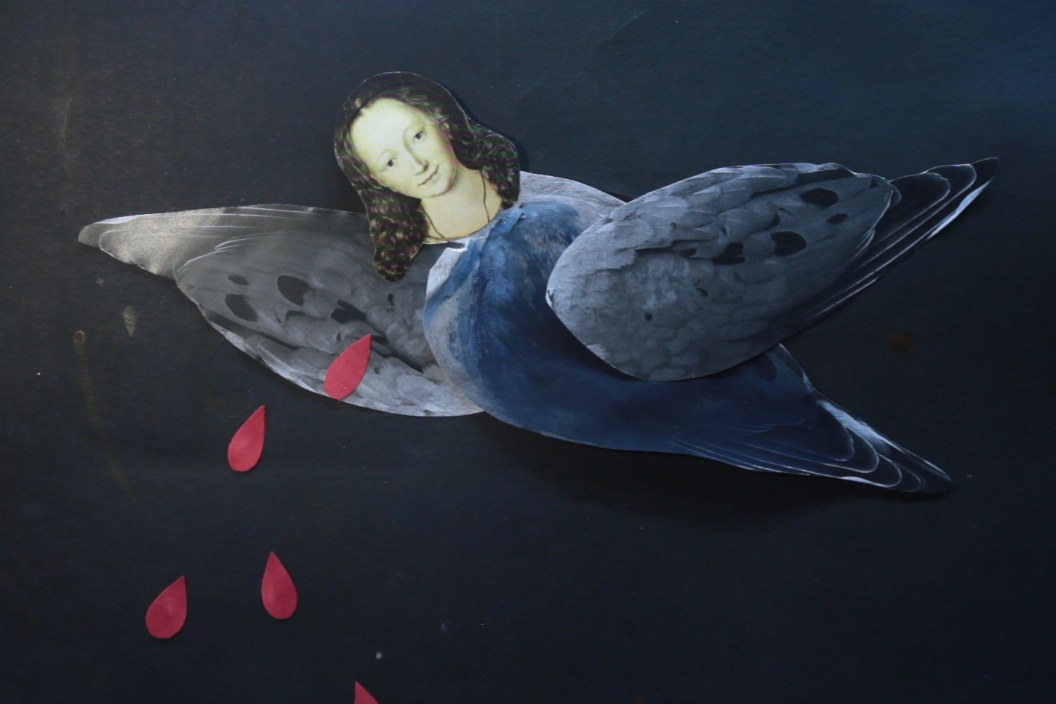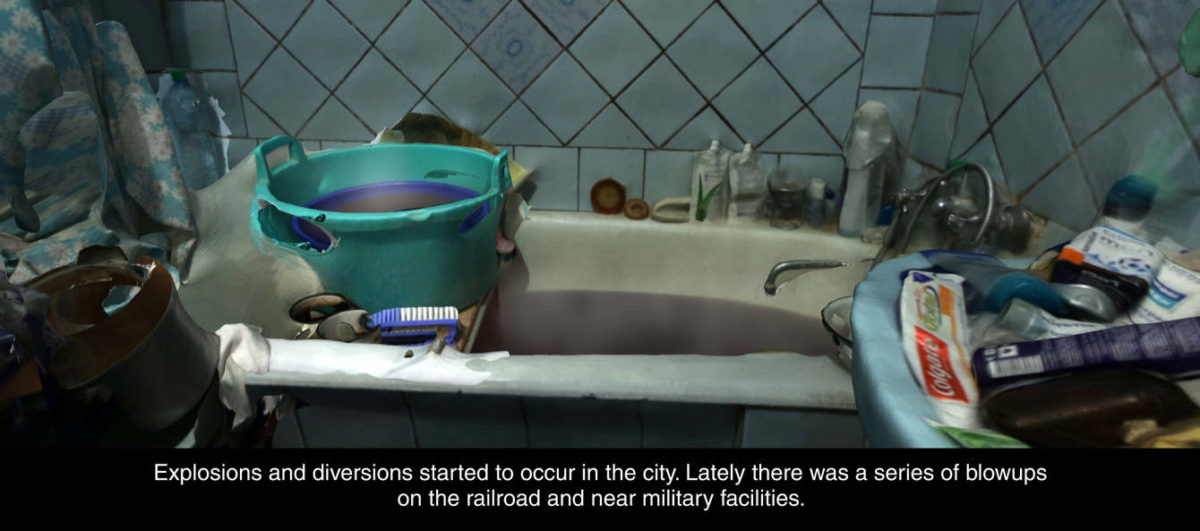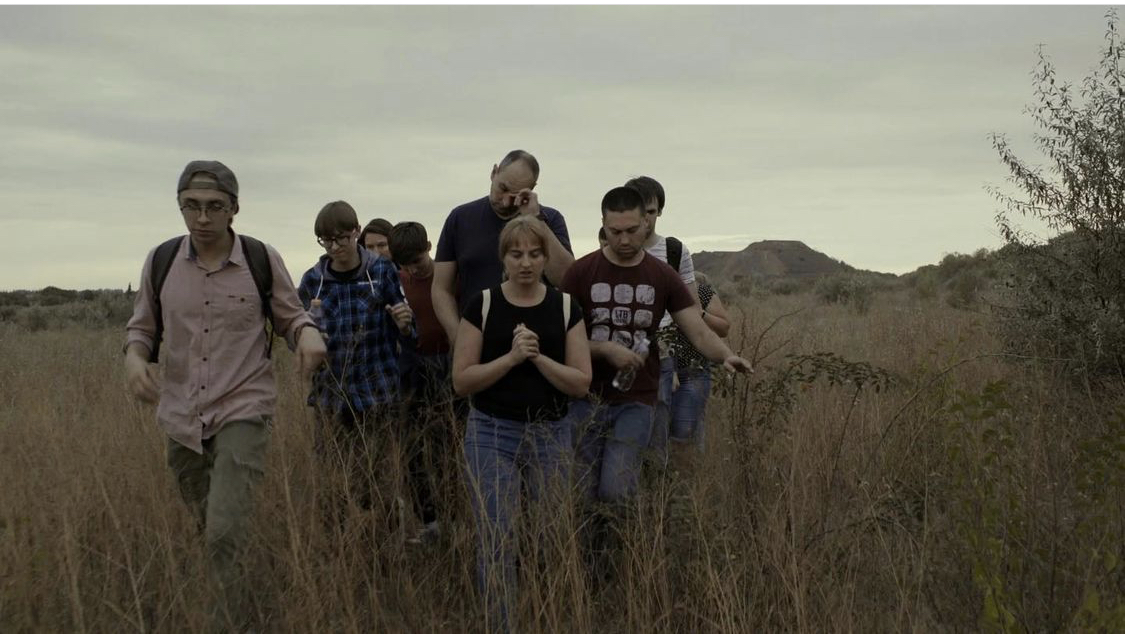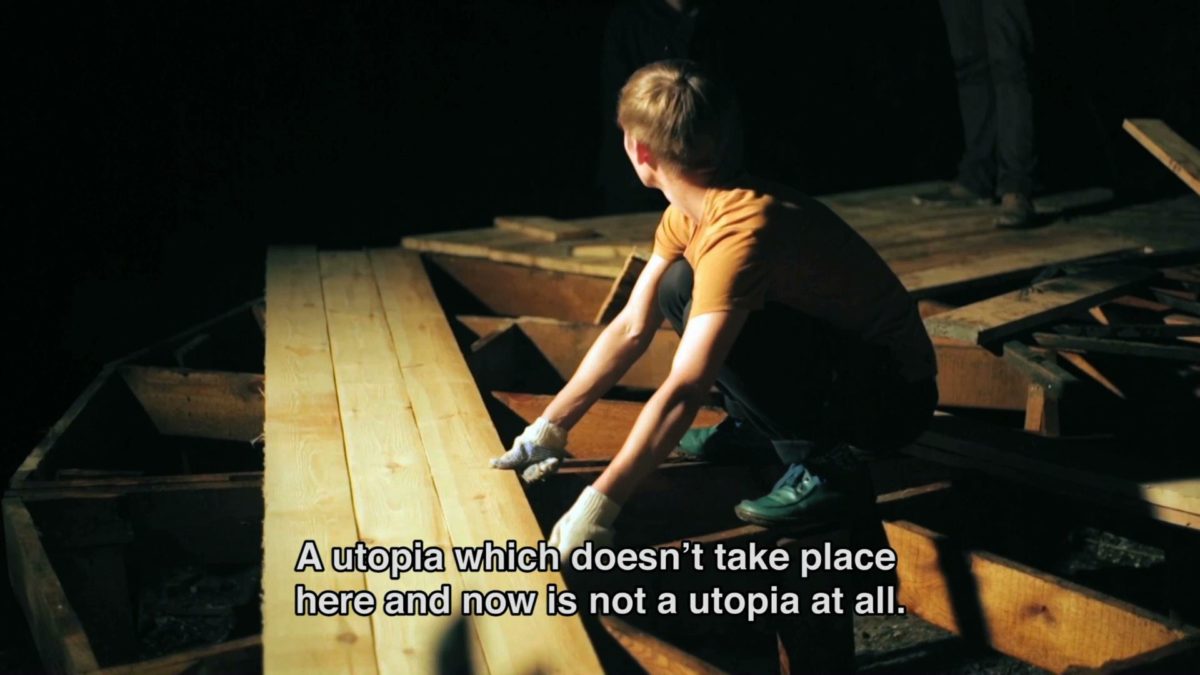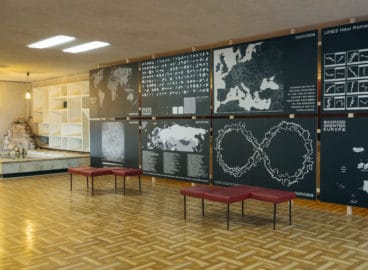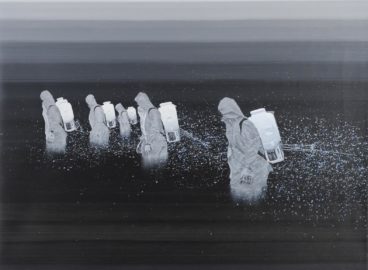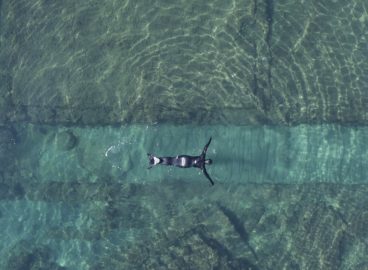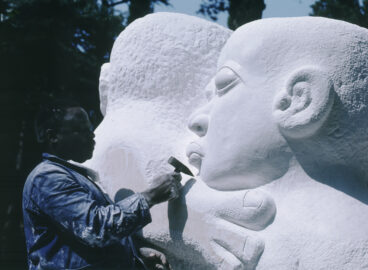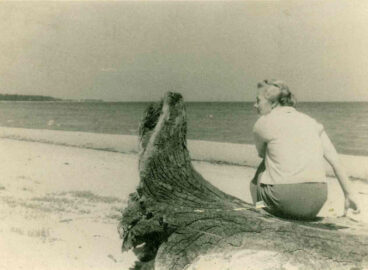Notes from the Ground showcases moving image works by contemporary artists from Ukraine. Created between the Maidan revolution, which was followed by Crimean annexation and occupation of Donbas in 2014—and the full-scale Russian invasion launched on February 24 of this year—the works in the program take the viewer through the country’s urgencies and contradictions, the streets and fringes of its cities, and the experiences of its inhabitants.
The title of the program brings to the fore the fact that because of the ongoing war, many of the artists represented are currently under siege—or “on the ground,” to borrow a term used to describe engagement in military activity. Others have recently fled or were already living and working abroad before the invasion. That same “ground” has been a place where discussions occur beyond normative divisions, where ideas germinate and utopias materialize—as will hopefully continue to be the case.
Notes from the Ground is available for viewing from March 30 to April 30, 2022.
No! No! No! by Mykola Ridnyi
The heroes of Mykola Ridnyi’s film are the young people of Kharkiv, a city located in northeastern Ukraine, whose transition to adulthood has coincided with the breakout of war in the neighboring region of Donbas. From an LGBT activist and poet to a fashion model, a group of street artists, and a creator of a computer game, the main characters are artists or working in the creative industries typical of peaceful life in a big city. The proximity to the war, however, affects each one, causing them to react to and reflect on political events through their own personal relationships to the urban space and the realities of social media.
Letter to a Turtledove by Dana Kavelina
Letter to a Turtledove is a dreamlike anti-war film-poem that brings together archival footage, amateur video, and the writing and animation of its creator, Dana Kavelina. One of the crucial sources for this work is the anonymous five-hour documentary To Watch the War (2018), a piece of found-footage filmmaking from the war in the Ukrainian region of Donbas. Re-appropriating some of this same material, Kavelina’s work also intersperses animated drawings, mise-en-scènes, and archival footage of Donbas from the 1930s, when under Stalin, the region became a hot spot for Soviet industrialization and class warfare. In its collage-like structure, the film not only evokes the region’s history but also encapsulates the multitude of traumas, grievances, horrors, dreams, and hallucinations that have descended upon it since the 2014 Russian invasion. Letter to a Turtledove is an attempt to build an alternative optics in order to examine war from multiple angles, including from a feminist perspective, which points toward the rape of women as an invariable consequence of military conflicts.
Notes from underground by Uli Golub
Uli Golub’s Notes from underground depicts the daily life of a man running away from frustrating reality. Deceived by social roles and human relations, frightened by riots and military unrest, he lives cloistered in his Noah’s Ark–like apartment, which is stuffed with his many belongings—as opposed to with animals. Step-by-step the viewer gets sucked into this world, where objects reign and are the only salvation in a precarious, constantly changing world. This is a collaged narrative, composed of real events, personal stories, media propaganda, and imagined doomsday nightmares. Thus, through what is a very personal story, the traumas and distresses of contemporary society are revealed.
So They Won’t Say We Don’t Remember by Yarema Malashchuk and Roman Himey
The video work So They Won’t Say We Don’t Remember by the artist duo Yarema Malashchuk and Roman Himey is based on events surrounding a 1977 mining accident in the Donbas region that ultimately led to the mine’s closure. In the film, locals, artists, and curators traverse the surface, paralleling one of the underground routes of the Novator mine. The procession ends at the monument to the dead miners, which is located just above the site of the underground accident that led to the death of the workers. Participants walk across the postindustrial landscape of Donbas, over the plowed fields, by bushes and courtyards, connecting the ground and the underground spaces through the choreography of their bodies.
Landslide by Oleksiy Radynski
Landslide by Oleksiy Radynski is about an attempt to build a radically different society. This experiment takes place in a former garage collective in the very center of Kyiv, in the area reclaimed by nature and its forces. Landslides, degradation of urban politics, and disintegration of social ties culminated in the abandonment of this place in the 1990s. In 2016, Radynski was among the counterculture artist collectives, musicians, and avant-garde performers to reoccupy it. The protagonists of the film touch upon the old debate between anarchists and Marxists about whether one should live one’s utopia in the here and now, or create conditions for a better life in the future. The central narrative forms around a queer theater director who has fled eastern Ukraine to seek refuge in Kyiv. The director rehearses a play that culminates in an improvised performance toward the end of the film. As the story of the director unfolds, a different group of inhabitants—an older generation of garage owners—is introduced, advocating a completely different view of the site’s past and its potential future. Gravity, the force that triggers the landslide, becomes a metaphor for this short-lived meeting of urban nature, post-Soviet masculinity, and queer performance.
